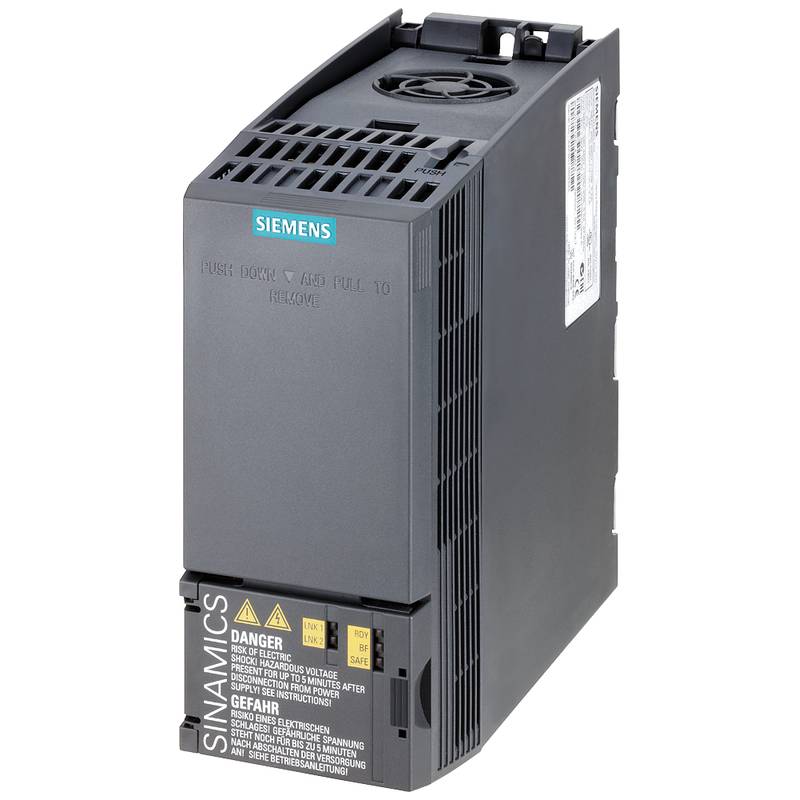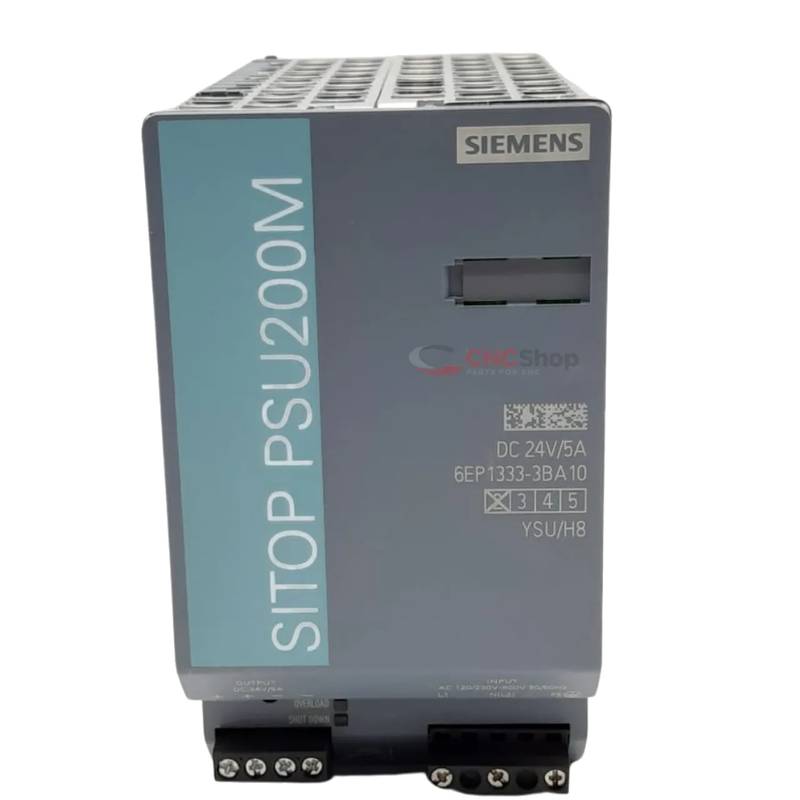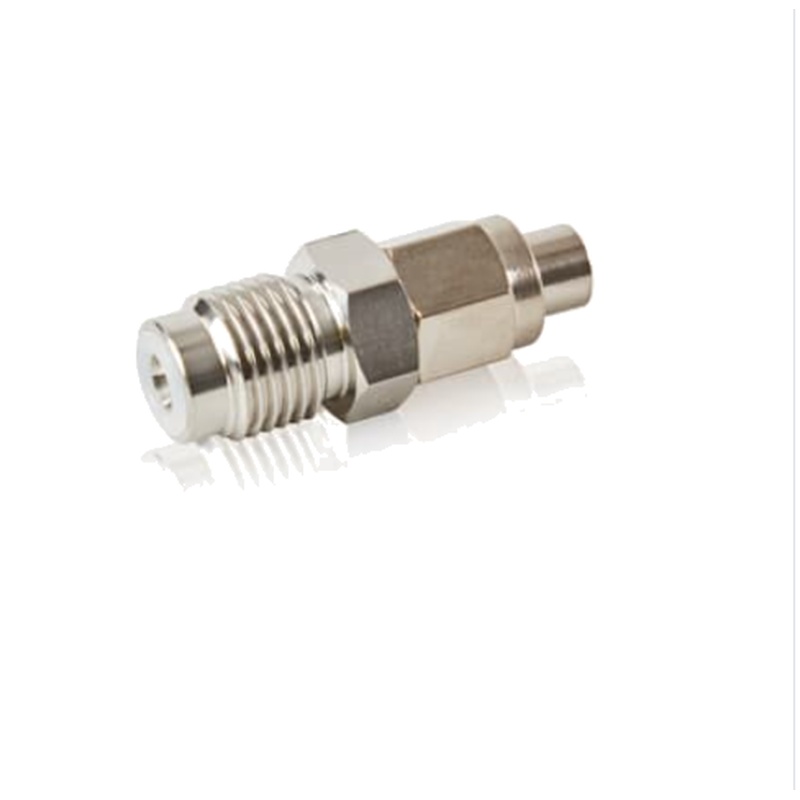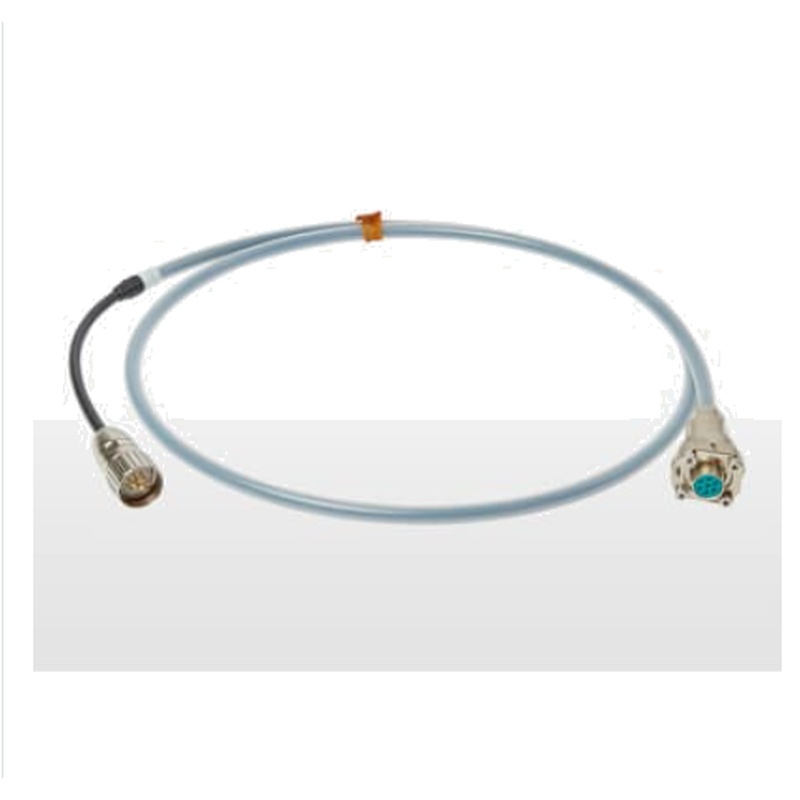
The Schneider Electric Altivar Process ATV630U15N4Z Variable Frequency Drive (VFD) is a robust 1.5kW, 4.1A, IP20-rated solution engineered for demanding industrial environments. It offers advanced process control, energy savings, and enhanced system reliability. Key advantages include its integrated harmonic mitigation, robust thermal management, and comprehensive diagnostic capabilities. The ATV630 series is designed for seamless integration into complex automation systems, providing precise speed control for AC motors.
Product Specifications
| Parameter | Value |
| :------------------------- | :------------------------------------- |
| Model | ATV630U15N4Z |
| Power Rating | 1.5 kW |
| Output Current (Normal) | 4.1 A |
| Input Voltage | 380-415 V AC (3-phase) |
| Output Voltage | 380-415 V AC |
| Enclosure | IP20 |
| Mounting | Wall or Floor Mount |
| Operating Temperature | -15 °C to +50 °C |
| Cooling | Forced Air |
| Communication Protocols | Modbus RTU, Ethernet/IP, Profibus DP |
| Harmonic Distortion | Integrated passive filter |
| Filtration | EMC filter (Class A2/C3) |
| Safety Function | STO (Safe Torque Off) |
| Display | Multi-language graphical display |
Core Features & Market Positioning
The Schneider ATV630U15N4Z stands out in the industrial VFD market due to its inherent process-optimizing capabilities and integrated solutions for common industrial challenges. Its advanced Eco-designed approach focuses on energy efficiency, directly translating to reduced operational costs for users. The integrated passive harmonic filter significantly mitigates harmonic distortion, simplifying installation by eliminating the need for external filters in many applications and ensuring compliance with stringent grid codes. This positions the ATV630 series as a premium choice for applications where power quality and efficiency are paramount, offering a differentiated value proposition compared to standard VFDs. The robust design and comprehensive safety features, including Safe Torque Off (STO), further enhance its market appeal in safety-critical industrial settings.
Key Application Scenarios
This VFD is exceptionally well-suited for a wide array of industrial applications, particularly in sectors requiring precise motor control and energy management. Its capacity to handle variable torque loads makes it ideal for pumps, fans, and compressors across water treatment, HVAC, and oil and gas industries, where optimizing fluid dynamics is crucial. The ATV630U15N4Z is also a strong candidate for material handling systems, conveyor belts, and processing machinery in manufacturing, where smooth acceleration and deceleration are essential for product integrity and operational efficiency. The integrated EMC filter simplifies deployment in environments with high electromagnetic interference, making it a reliable choice for process control loops demanding stable performance.
Practical System Integration Guidance
Integrating the Schneider ATV630U15N4Z into existing or new industrial systems is streamlined due to its user-friendly design and comprehensive connectivity options. For installation, ensure the VFD is mounted vertically in a well-ventilated area, adhering to the IP20 rating's limitations regarding dust and moisture. Wiring requires strict adherence to electrical codes, connecting the main power input (3-phase, 380-415V AC) to terminals R, S, T and the motor output to U, V, W. The VFD supports multiple communication protocols, including Modbus RTU, Ethernet/IP, and Profibus DP, enabling seamless integration into SCADA and DCS systems. Commissioning involves configuring motor parameters, acceleration/deceleration ramps, and protective settings via the intuitive graphical display orSchneider Electric's SoMove software, which also facilitates parameter backup and transfer.
Operation and Risk Mitigation
Safe and efficient operation of the Schneider ATV630U15N4Z is paramount. Users must be trained on its operation and the importance of adhering to safety guidelines. The integrated STO function provides a critical safety layer, preventing unexpected motor starts by immediately cutting power to the motor when activated. Common troubleshooting scenarios often relate to motor overload, phase loss, or communication errors. The VFD's diagnostic capabilities, accessible through the graphical display or communication interfaces, provide detailed fault codes that aid in rapid identification and resolution of issues. For instance, fault codes like "F0001" typically indicate an overload condition, prompting a check of motor load and thermal limits, while communication-specific faults alert to network connectivity problems. Regular maintenance, including checking for dust accumulation and ensuring proper ventilation, is crucial for long-term reliability.
Scalability & Long-Term Value
The Altivar Process ATV630 series, including the ATV630U15N4Z, is designed for scalability and enduring value within evolving industrial automation landscapes. Its compatibility with Schneider Electric's broader EcoStruxure™ platform enables seamless integration with digital services, IIoT solutions, and advanced analytics for predictive maintenance and performance optimization. This interoperability ensures that the VFD can be a central component in smart factory initiatives. Furthermore, the modular design and availability of communication options allow for future upgrades and adaptation to new network standards or control strategies without requiring a complete system overhaul. This future-proofing aspect, combined with its energy-saving features and robust construction, underscores the long-term economic and operational benefits of investing in this VFD technology.
---
Frequently Asked Questions (FAQs)
1. What are the primary benefits of using the Schneider ATV630U15N4Z in industrial applications?
The ATV630U15N4Z offers significant energy savings through precise motor speed control, reducing operational costs.
It features integrated harmonic mitigation, simplifying installation and ensuring power quality compliance.
Its robust design and advanced diagnostics enhance system reliability and minimize downtime.
2. How does the integrated harmonic filter in the ATV630U15N4Z work and what are its advantages?
The passive filter within the VFD actively reduces harmonic distortion generated by the VFD's switching.
This integration eliminates the need for external harmonic filters, reducing component count and installation complexity.
It ensures compliance with grid codes and minimizes interference with other sensitive electronic equipment.
3. What types of industrial environments is the Schneider ATV630U15N4Z best suited for?
It excels in process industries like water/wastewater, oil and gas, and food and beverage due to its process control capabilities.
The robust construction and EMC filtering make it suitable for environments with electrical noise or harsh conditions.
It is ideal for applications involving pumps, fans, compressors, and conveyors requiring variable speed operation.
4. Can the ATV630U15N4Z be easily integrated with existing automation systems?
Yes, it supports common industrial communication protocols like Modbus, Ethernet/IP, and Profibus for seamless integration.
Schneider Electric's SoMove software facilitates easy parameter configuration, backup, and transfer to existing systems.
Its flexible I/O options allow for easy connection to PLCs, HMIs, and sensors in established architectures.
5. What are the key safety features of the ATV630U15N4Z?
The drive includes the Safe Torque Off (STO) function, which prevents unexpected starts by safely disabling motor torque.
It offers comprehensive motor and drive protection functions, such as overload, overvoltage, and undervoltage protection.
The clear graphical display and diagnostic codes aid operators in understanding system status and potential hazards.
6. How can users benefit from the energy-saving capabilities of this VFD?
By precisely matching motor speed to load requirements, significant energy consumption reductions are achieved compared to fixed-speed drives.
The VFD's efficient power conversion minimizes energy loss during operation, further contributing to savings.
Optimized process control often leads to reduced wear on machinery, indirectly saving energy and maintenance costs.
7. What are the typical troubleshooting steps for common issues with the ATV630U15N4Z?
For overload faults (e.g., F0001), check the motor load, verify motor nameplate data against VFD settings, and ensure proper ventilation.
Communication errors typically require checking network cabling, protocol settings on both the VFD and the master device.
Phase loss or ground fault issues necessitate inspecting power input connections and motor winding integrity.
8. Does the ATV630U15N4Z support remote monitoring or integration into IIoT platforms?
Yes, through its Ethernet/IP and other network communication options, it can connect to IIoT platforms.
Schneider Electric's EcoStruxure™ platform provides tools for remote monitoring, diagnostics, and data analysis.
This enables predictive maintenance and operational optimization based on real-time performance data.
9. What is the typical installation procedure for this VFD, considering its IP20 rating?
Mount the VFD vertically in a clean, dry environment, ensuring adequate airflow for cooling.
Adhere strictly to local electrical codes for power input and motor output wiring connections.
Avoid installation locations exposed to excessive dust, moisture, or direct sunlight, as per IP20 limitations.
10. How does the graphical display aid in operating and maintaining the ATV630U15N4Z?
The display provides real-time operational status, motor speed, current, voltage, and other key parameters.
It clearly indicates active faults and alarms, allowing for quick identification of issues and corresponding diagnostic codes.
Users can navigate menus to configure parameters, view historical data, and perform basic troubleshooting directly on the unit.

























